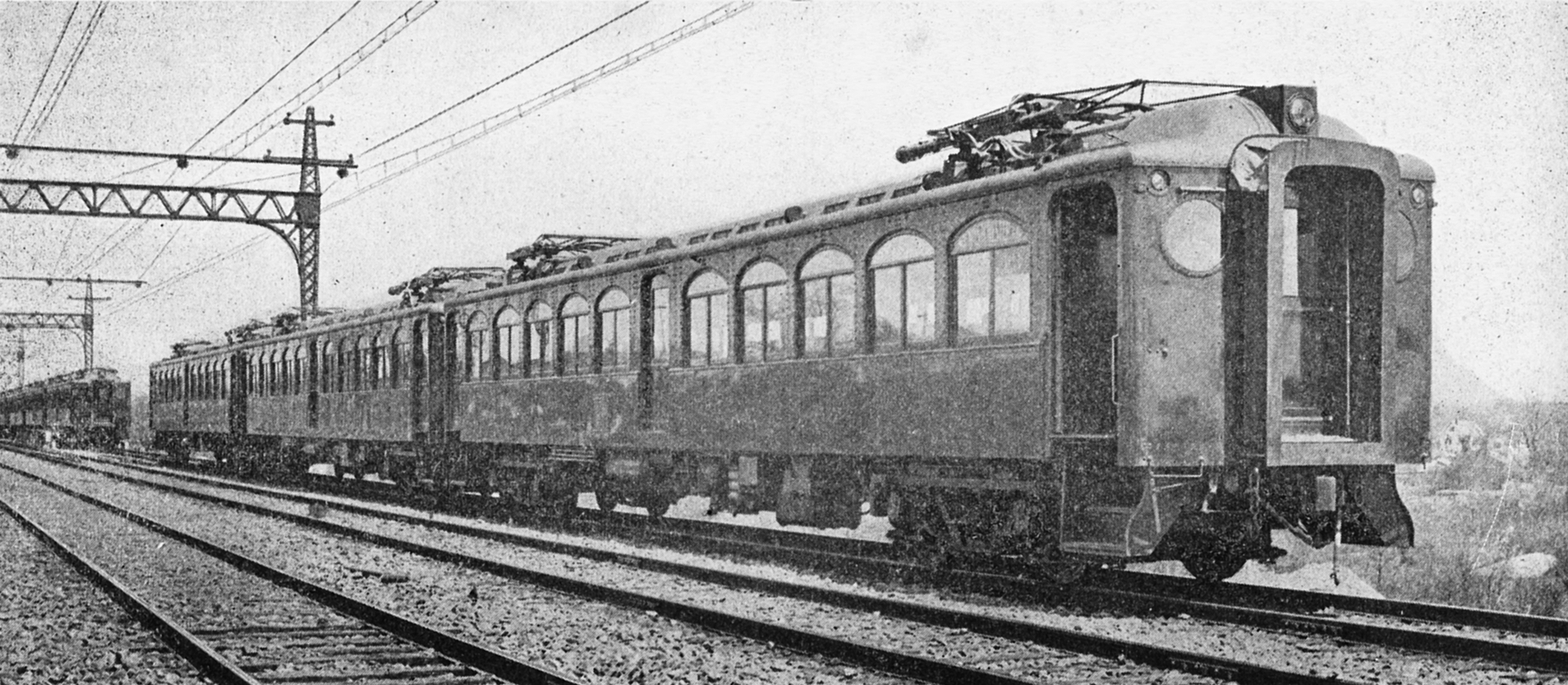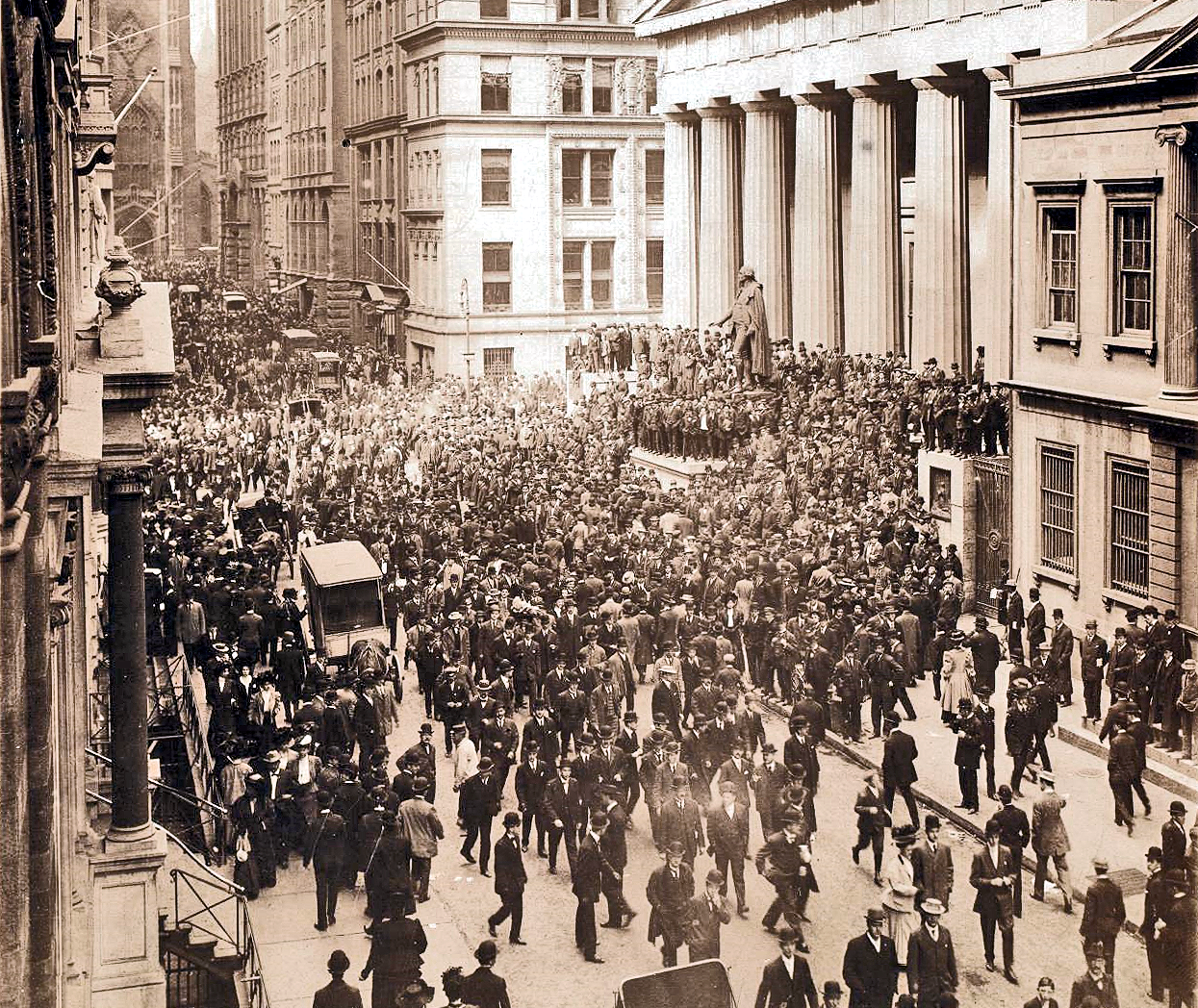|
New York, Westchester And Boston Railway
The New York, Westchester and Boston Railway Company (NYW&B, also known to its riders as "the Westchester" and colloquially as the "Boston-Westchester"), was an electric commuter railroad in the Bronx and Westchester County, New York from 1912 to 1937. It ran from the southernmost part of the South Bronx, near the Harlem River, to Mount Vernon with branches north to White Plains and east to Port Chester. From 1906, construction and operation was under the control of the New York, New Haven & Hartford Railroad (NH) until its bankruptcy in 1935. A section survives as the IRT Dyre Avenue Line ( train) of the New York City Subway. History Precursors and origins In 1871 the Southern Westchester Railroad was incorporated to run from what was then the southern edge of Westchester County (now the Bronx) at the Harlem River to the Westchester County seat, White Plains, along the same general route as was taken by the NYW&B. By 1875, this enterprise went into foreclosure and was liq ... [...More Info...] [...Related Items...] OR: [Wikipedia] [Google] [Baidu] |
New York (state)
New York, officially the State of New York, is a state in the Northeastern United States. It is often called New York State to distinguish it from its largest city, New York City. With a total area of , New York is the 27th-largest U.S. state by area. With 20.2 million people, it is the fourth-most-populous state in the United States as of 2021, with approximately 44% living in New York City, including 25% of the state's population within Brooklyn and Queens, and another 15% on the remainder of Long Island, the most populous island in the United States. The state is bordered by New Jersey and Pennsylvania to the south, and Connecticut, Massachusetts, and Vermont to the east; it has a maritime border with Rhode Island, east of Long Island, as well as an international border with the Canadian provinces of Quebec to the north and Ontario to the northwest. New York City (NYC) is the most populous city in the United States, and around two-thirds of the state's popul ... [...More Info...] [...Related Items...] OR: [Wikipedia] [Google] [Baidu] |
Panic Of 1873
The Panic of 1873 was a financial crisis that triggered an economic depression in Europe and North America that lasted from 1873 to 1877 or 1879 in France and in Britain. In Britain, the Panic started two decades of stagnation known as the "Long Depression" that weakened the country's economic leadership. In the United States, the Panic was known as the "Great Depression" until the events of 1929 and the early 1930s set a new standard. The Panic of 1873 and the subsequent depression had several underlying causes for which economic historians debate the relative importance. American inflation, rampant speculative investments (overwhelmingly in railroads), the demonetization of silver in Germany and the United States, ripples from economic dislocation in Europe resulting from the Franco-Prussian War (1870–1871), and major property losses in the Great Chicago Fire (1871) and the Great Boston Fire (1872) helped to place massive strain on bank reserves, which, in New York City ... [...More Info...] [...Related Items...] OR: [Wikipedia] [Google] [Baidu] |
Stan Fischler
Stan Fischler (born March 31, 1932) is a historian of hockey and the New York City Subway, as well as a broadcaster, author, and professor. During his career, Fischler was best known for covering the New York Islanders, New Jersey Devils and New York Rangers on MSG and MSG Plus. He also provided general hockey analysis on MSG, and continues to write columns for the network's website. In 2009, Fischler began hosting a feature, "Five For Fischler", on ''Hockey Night Live!'' which lists his Top Five in a random hockey topic. In the 1980s, he was a hockey commentator for ''The Radio Show'' on CBC Radio in Canada. He was also a color commentator for the New England Whalers of the WHA in their first two years in 1972–73 and 1973–74. In addition to broadcasting, Fischler has authored or co-authored almost 100 books on hockey, baseball and even a few on the New York subway system. His books include: ''The Hockey Encyclopedia'', ''Everybody's Hockey Book'', ''Hockey Chronicle'', ''The ... [...More Info...] [...Related Items...] OR: [Wikipedia] [Google] [Baidu] |
IRT Third Avenue Line
The IRT Third Avenue Line, commonly known as the Third Avenue Elevated, Third Avenue El, or Bronx El, was an elevated railway in Manhattan and the Bronx, New York City. Originally operated by the New York Elevated Railway, an independent railway company, it was acquired by the Interborough Rapid Transit Company (IRT) and eventually became part of the New York City Subway system. The first segment of the line, with service at most stations, opened from South Ferry to Grand Central Depot on August 26, 1878. Service was extended to Harlem in Manhattan on December 30. In 1881 this line already began the 24/7 service. Service in Manhattan was phased out in the early 1950s and closed completely on May 12, 1955. The remaining service in the Bronx was designated as part of the 8 route until it was discontinued on April 29, 1973. The Third Avenue El was the last elevated line to operate in Manhattan, other than the on the IRT Broadway–Seventh Avenue Line (which has elevated sectio ... [...More Info...] [...Related Items...] OR: [Wikipedia] [Google] [Baidu] |
Grand Central Terminal
Grand Central Terminal (GCT; also referred to as Grand Central Station or simply as Grand Central) is a commuter rail terminal located at 42nd Street and Park Avenue in Midtown Manhattan, New York City. Grand Central is the southern terminus of the Metro-North Railroad's Harlem, Hudson and New Haven Lines, serving the northern parts of the New York metropolitan area. It also contains a connection to the New York City Subway at Grand Central–42nd Street station. The terminal is the second-busiest train station in North America, after New York Penn Station. The distinctive architecture and interior design of Grand Central Terminal's station house have earned it several landmark designations, including as a National Historic Landmark. Its Beaux-Arts design incorporates numerous works of art. Grand Central Terminal is one of the world's ten most-visited tourist attractions, with 21.6 million visitors in 2018, excluding train and subway passengers. The terminal's Main Conco ... [...More Info...] [...Related Items...] OR: [Wikipedia] [Google] [Baidu] |
East 180th Street Station
The East 180th Street station (originally East 180th Street–Morris Park Avenue station) is an elevated express station on the IRT White Plains Road Line of the New York City Subway. Located at the intersection of East 180th Street and Morris Park Avenue in the Bronx, it is served by the 2 and 5 trains at all times. The East 180th Street station was built by the Interborough Rapid Transit Company (IRT) under the Dual Contracts and opened in 1917 as part of an extension of the White Plains Road Line to East 219th Street–White Plains Road. The 180th Street station of the New York, Westchester and Boston Railway (NYW&B) is immediately adjacent to the IRT station. When the NYW&B went bankrupt in 1937, a portion of the main line was converted into the IRT Dyre Avenue Line, and the NYW&B platforms were abandoned after the Dyre Avenue Line was connected to the White Plains Road Line in 1957. The original NYW&B station house remains extant and is the station's main exit and e ... [...More Info...] [...Related Items...] OR: [Wikipedia] [Google] [Baidu] |
At Grade
AT or at may refer to: Geography Austria * Austria (ISO 2-letter country code) * .at, Internet country code top-level domain United States * Atchison County, Kansas (county code) * The Appalachian Trail (A.T.), a 2,180+ mile long mountainous trail in the Eastern United States Elsewhere * Anguilla (World Meteorological Organization country code) * Ashmore and Cartier Islands (FIPS 10-4 territory code, and obsolete NATO country code) * At, Bihar, village in Aurangabad district of Bihar, India * Province of Asti, Italy (ISO 3166-2:IT code) Science and technology Computing * @ (or "at sign"), the punctuation symbol now typically used in e-mail addresses and tweets) * at (command), used to schedule tasks or other commands to be performed or run at a certain time * IBM Personal Computer/AT ** AT (form factor) for motherboards and computer cases ** AT connector, a five-pin DIN connector for a keyboard * The Hayes command set for computer modems (each command begins with th ... [...More Info...] [...Related Items...] OR: [Wikipedia] [Google] [Baidu] |
Degree Of Curvature
Degree of curve or degree of curvature is a measure of curvature of a circular arc used in civil engineering for its easy use in layout surveying. Definition The degree of curvature is defined as the central angle to the ends of an agreed length of either an arc or a chord; various lengths are commonly used in different areas of practice. This angle is also the change in forward direction as that portion of the curve is traveled. In an ''n''-degree curve, the forward bearing changes by ''n'' degrees over the standard length of arc or chord. Usage Curvature is usually measured in radius of curvature. A small circle can be easily laid out by just using radius of curvature, but degree of curvature is more convenient for calculating and laying out the curve if the radius is large as a kilometer or a mile, as it needed for large scale works like roads and railroads. By using degrees of curvature, curve setting can be easily done with the help of a transit or theodolite and a chai ... [...More Info...] [...Related Items...] OR: [Wikipedia] [Google] [Baidu] |
Rolling Stock
The term rolling stock in the rail transport industry refers to railway vehicles, including both powered and unpowered vehicles: for example, locomotives, freight and passenger cars (or coaches), and non-revenue cars. Passenger vehicles can be un-powered, or self-propelled, single or multiple units. A connected series of railway vehicles is a train (this term applied to a locomotive is a common misnomer). In North America, Australia and other countries, the term consist ( ) is used to refer to the rolling stock in a train. In the United States, the term ''rolling stock'' has been expanded from the older broadly defined "trains" to include wheeled vehicles used by businesses on roadways. The word ''stock'' in the term is used in a sense of inventory. Rolling stock is considered to be a liquid asset, or close to it, since the value of the vehicle can be readily estimated and then shipped to the buyer without much cost or delay. The term contrasts with fixed stock (infrastru ... [...More Info...] [...Related Items...] OR: [Wikipedia] [Google] [Baidu] |
Panic Of 1907
The Panic of 1907, also known as the 1907 Bankers' Panic or Knickerbocker Crisis, was a financial crisis that took place in the United States over a three-week period starting in mid-October, when the New York Stock Exchange fell almost 50% from its peak the previous year. The panic occurred during a time of economic recession, and there were numerous runs on banks and on trust companies. The 1907 panic eventually spread throughout the nation when many state and local banks and businesses entered bankruptcy. The primary causes of the run included a retraction of market liquidity by a number of New York City banks and a loss of confidence among depositors, exacerbated by unregulated side bets at bucket shops. The panic was triggered by the failed attempt in October 1907 to corner the market on stock of the United Copper Company. When that bid failed, banks that had lent money to the cornering scheme suffered runs that later spread to affiliated banks and trusts, leading a week ... [...More Info...] [...Related Items...] OR: [Wikipedia] [Google] [Baidu] |
Oakleigh Thorne
W.O.S. Thorne, more generally known as Oakleigh Thorne (July 31, 1866 − May 23, 1948), was an American businessperson, a publisher of tax guides, a banker, and a philanthropist. Among his early ventures were the consolidation of brickyards on the Hudson River, and later he was president of the National Switch and Signal Company and Westinghouse Electric's vice president. In 1900 he came to New York City as vice president of the International Banking and Trust Company, becoming president. That company became the Trust Company of America, of which Thorne was serving as president. He helped the company survive a bank run during the Panic of 1907, securing the backing of J. Pierpont Morgan and European sources. He served as a director of Wells Fargo & Company from 1902 to 1918. In addition to his connection with Commerce Clearing House, Wells Fargo, and the Trust Company of America, Thorne was a director of the Corporation Trust Company and of the Bank of Millbrook. After purchasin ... [...More Info...] [...Related Items...] OR: [Wikipedia] [Google] [Baidu] |






